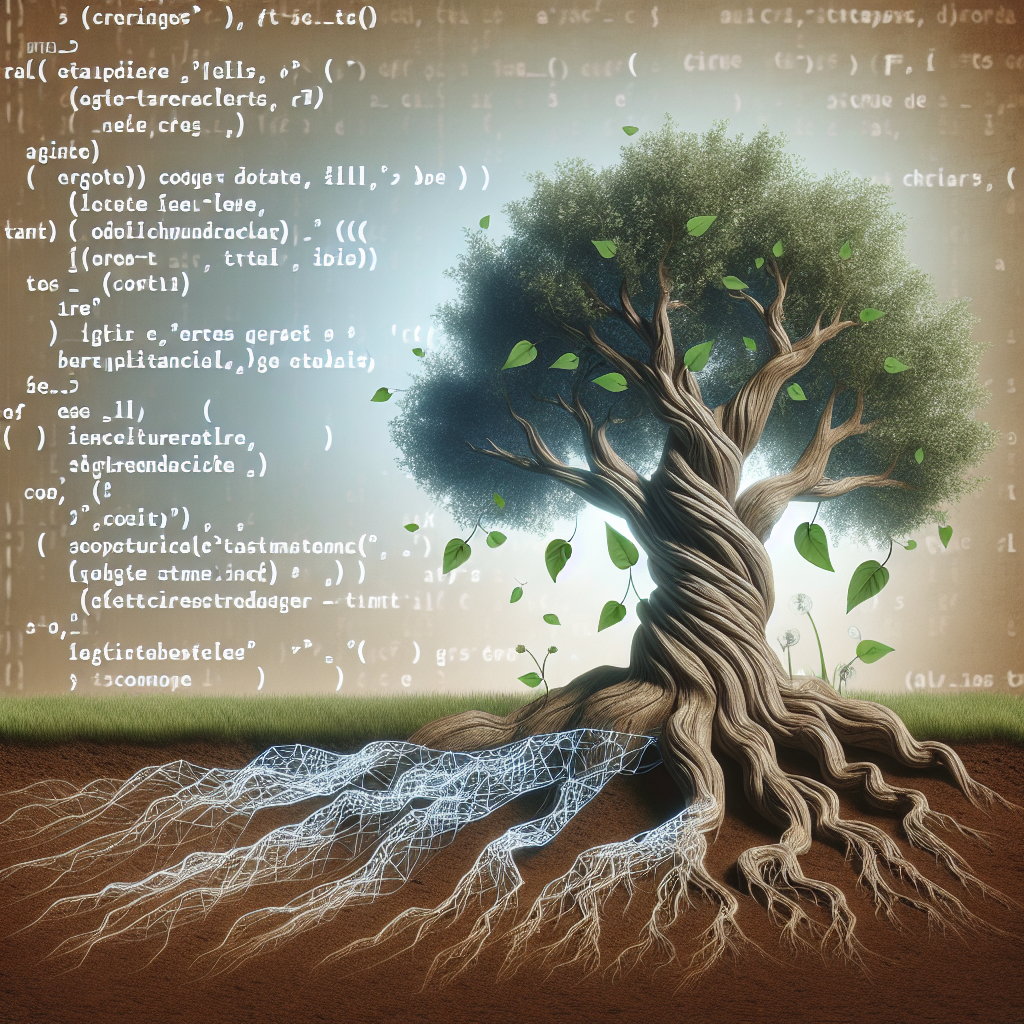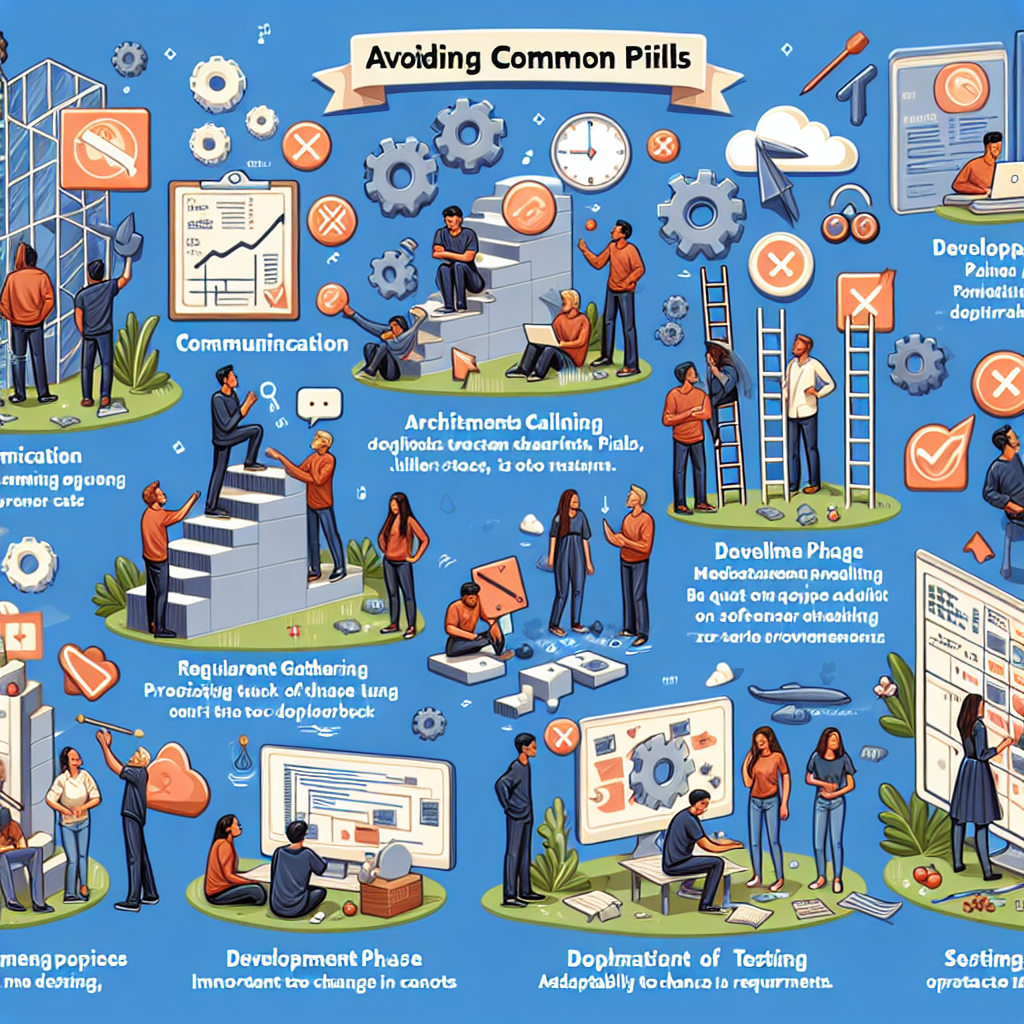Category: Online Marketing
-
I’m ready to help! Could you please specify the topic or title of the article you’re interested in? This way, I can generate the right content for you.
-
To provide a personalized and detailed article as you’ve described, I would need a specific topic or keyword phrase to elaborate on. Could you please provide the main topic or keywords you’d like me to focus on for this article?
-
Certainly! Could you please specify the topic or main key phrase for the article?
-

FAQ Q1: Why is continuous learning important in software creation? A: Continuous learning keeps you updated with innovations and industry changes, helping you stay relevant and allowing you to integrate new ideas into your projects effectively. Q2: How can creative collaboration enhance the innovation process? A: Creative collaboration brings diverse perspectives and insights, fostering a…
-

Table of Contents Online Learning Platforms Programming Communities and Forums Open Source Projects Software Development Books Online Learning Platforms Comprehensive Courses When it comes to advancing in software development, online learning platforms have become indispensable. Why? Because they offer a treasure trove of comprehensive courses that cater to both beginners and seasoned professionals. Platforms like…
-

Table of Contents Implementing Modular Design Writing Clear Documentation Utilizing Version Control Systems Adopting Consistent Coding Standards Implementing Modular Design When it comes to coding, thinking in modules can be a game changer. Modular design is all about breaking your code into small, manageable pieces that can be easily maintained and updated. Why do I…
-

Table of Contents Profiling and Monitoring Efficient Code Management Leveraging Caching Techniques Utilizing Parallel Processing Profiling and Monitoring Understanding the Performance Baseline In my experience, one of the first things you gotta master is understanding where you’re starting from. You know, it’s all about establishing a performance baseline. Without this step, you’re kind of steering…
-

Understanding Requirements Thoroughly Communicate Effectively with Stakeholders From my experience, communication is often where many software design projects go wrong. It sounds simple, but ensuring that everyone is on the same wavelength is crucial. When you talk to stakeholders, don’t assume they understand the technical jargon. I’ve learned to speak their language and confirm my…
-

Table of Contents Understanding Open Source Communities Contributing to Open Source Projects Open Source Licensing Essentials Choosing the Right Open Source Tools Understanding Open Source Communities The Role of Community Open source projects thrive on community involvement. From my own experience, being part of a community is like joining a club with shared interests —…
-

Adopting Agile Methodologies for Consistency Understanding the Agile Mindset Personally, when I first started embracing agile methodologies, it felt like a breath of fresh air. It’s all about staying flexible and adaptive in the ever-changing world of software development. The agile mindset encourages us to be responsive to change and open to feedback, which can…